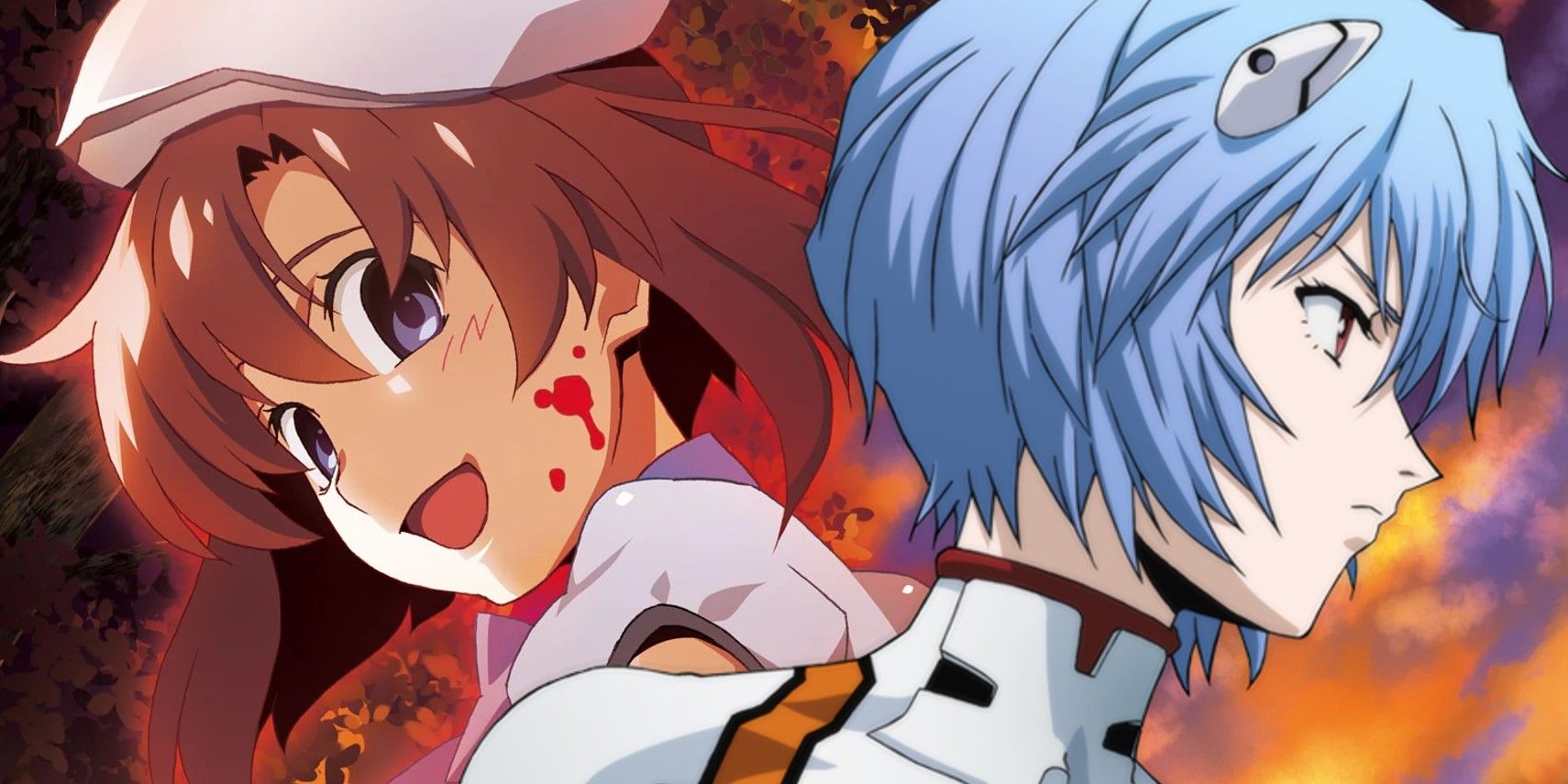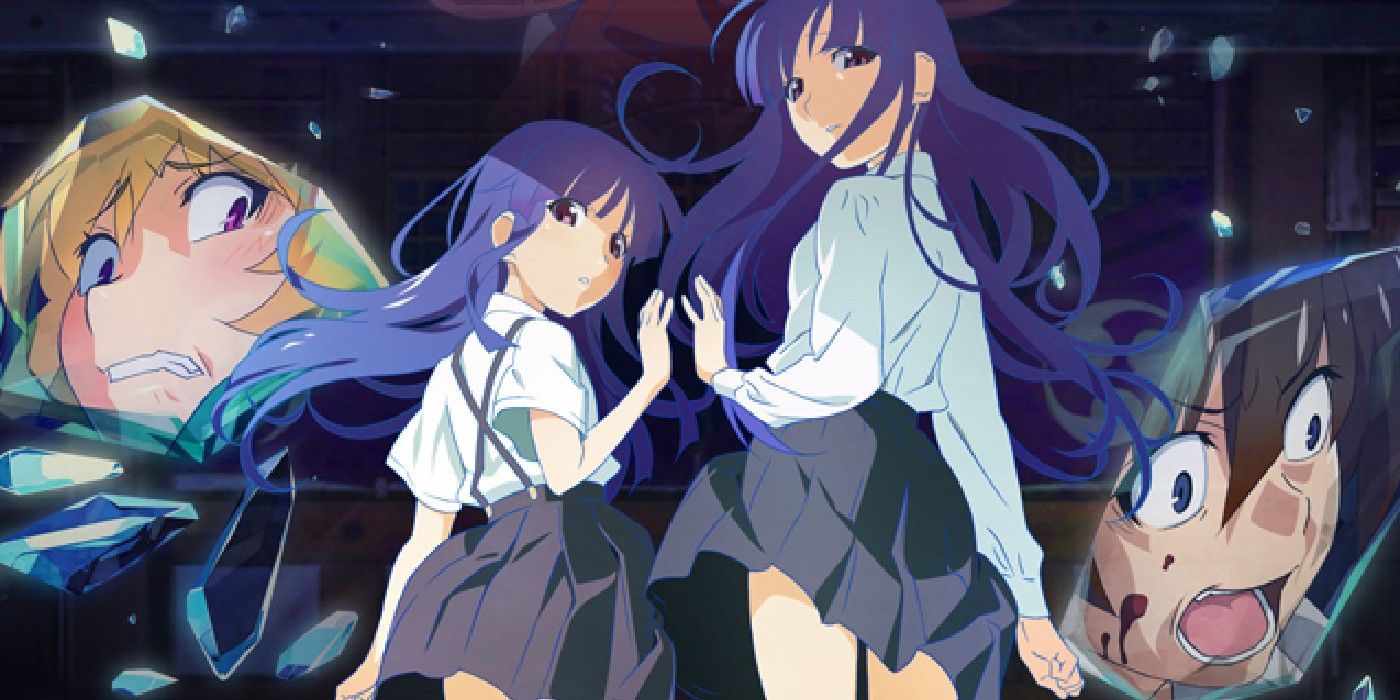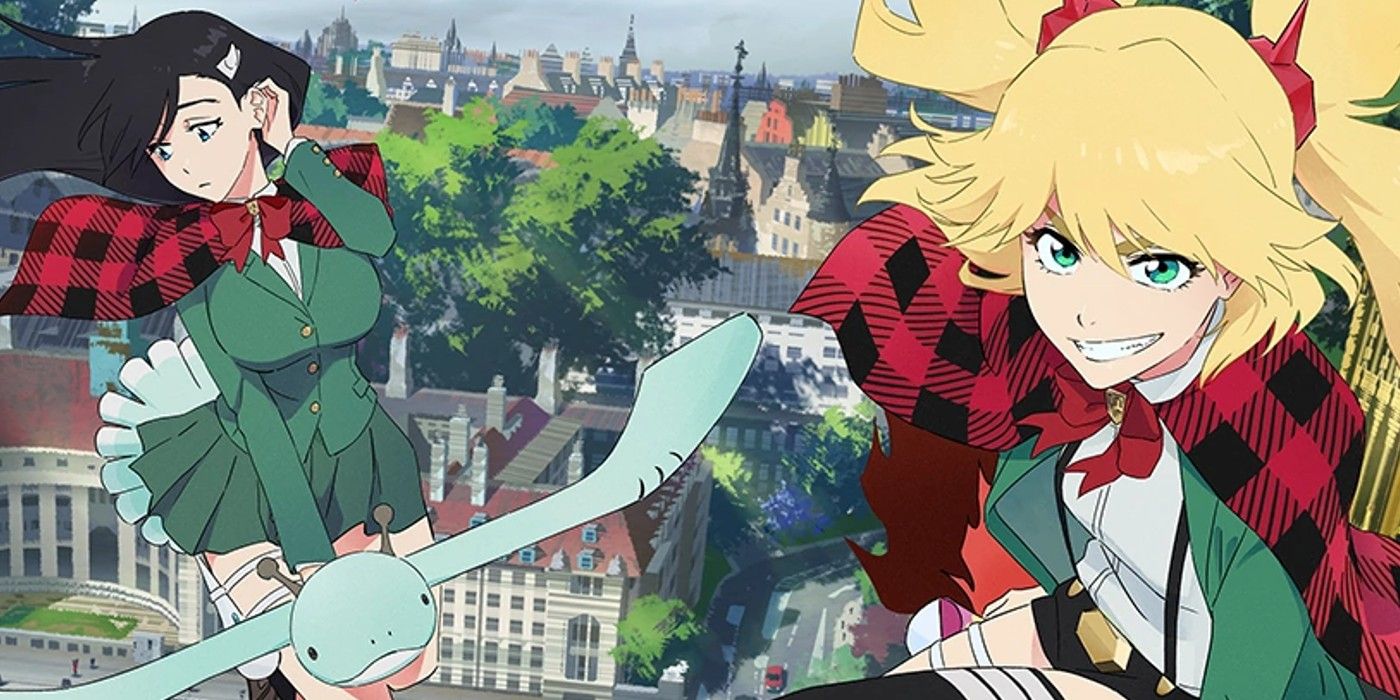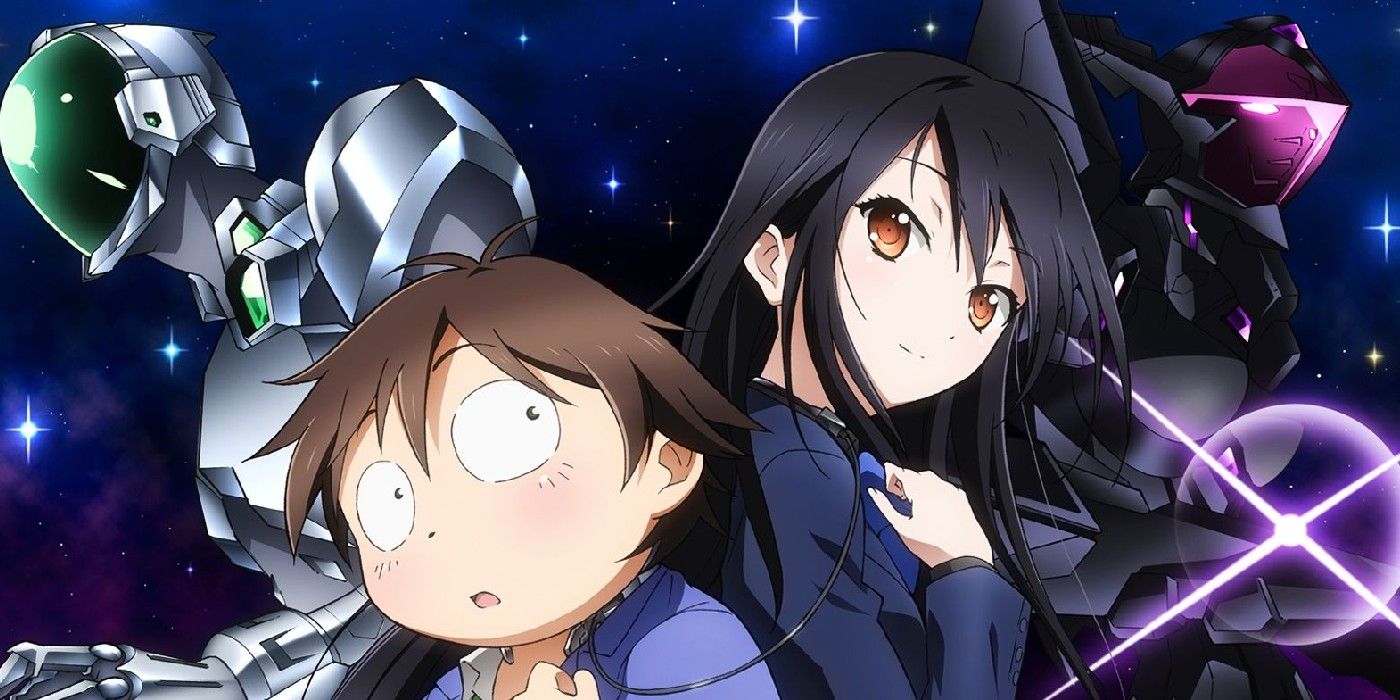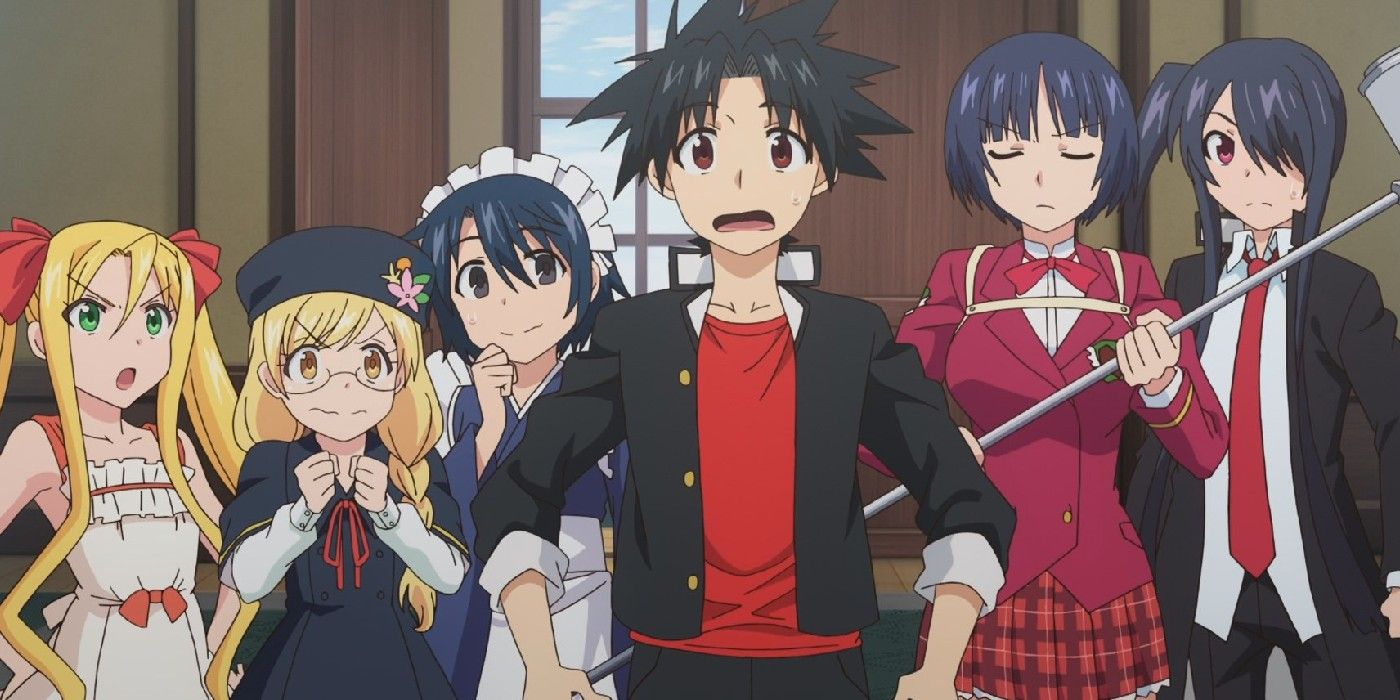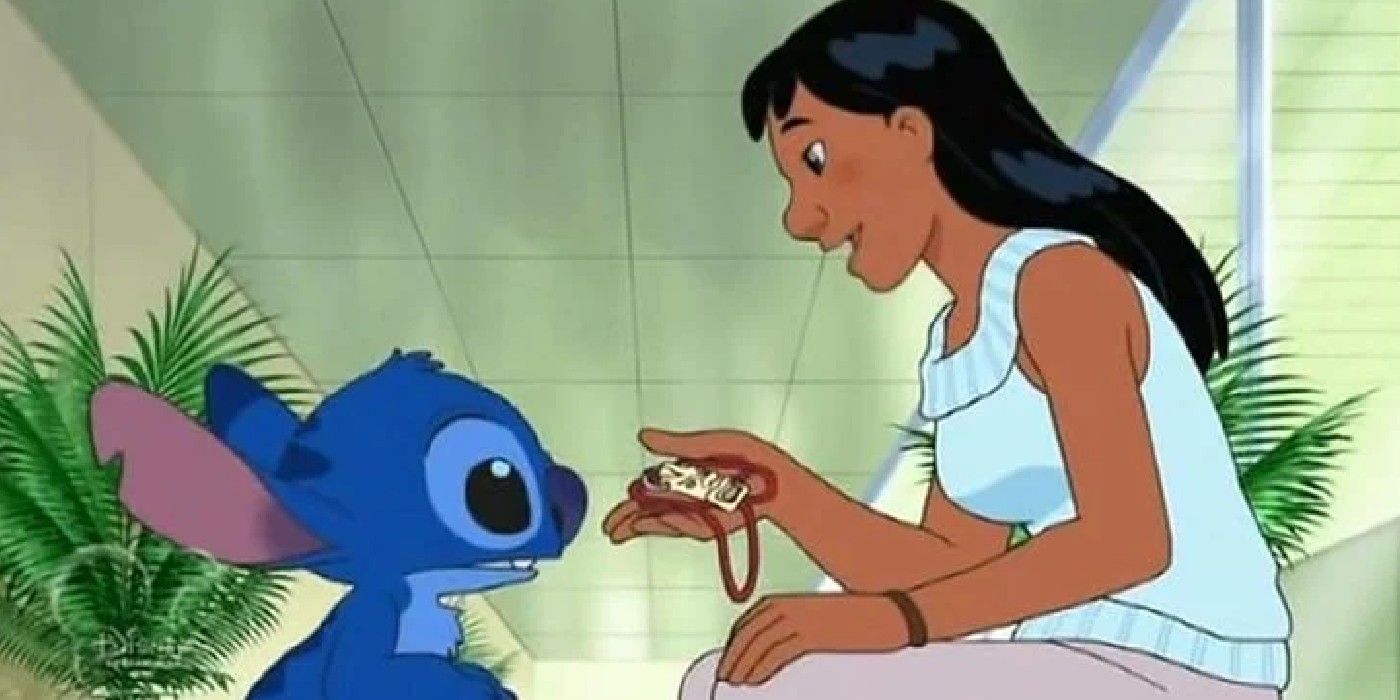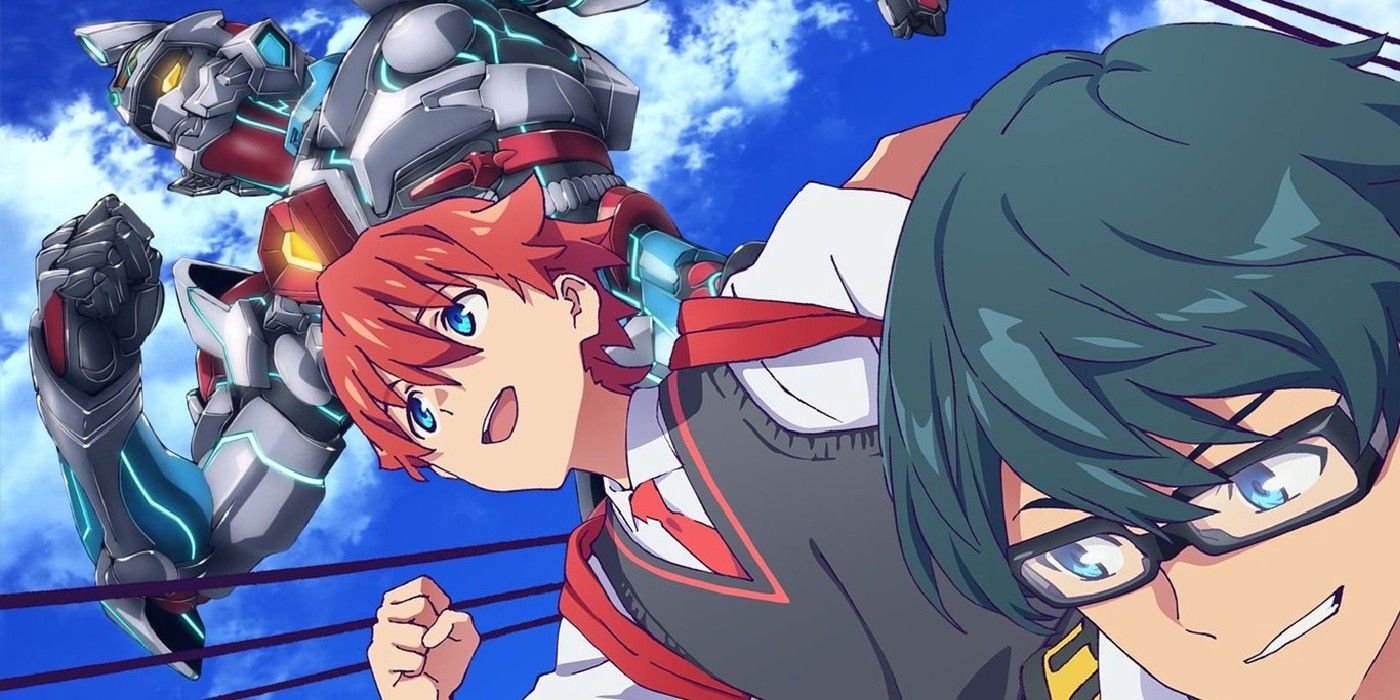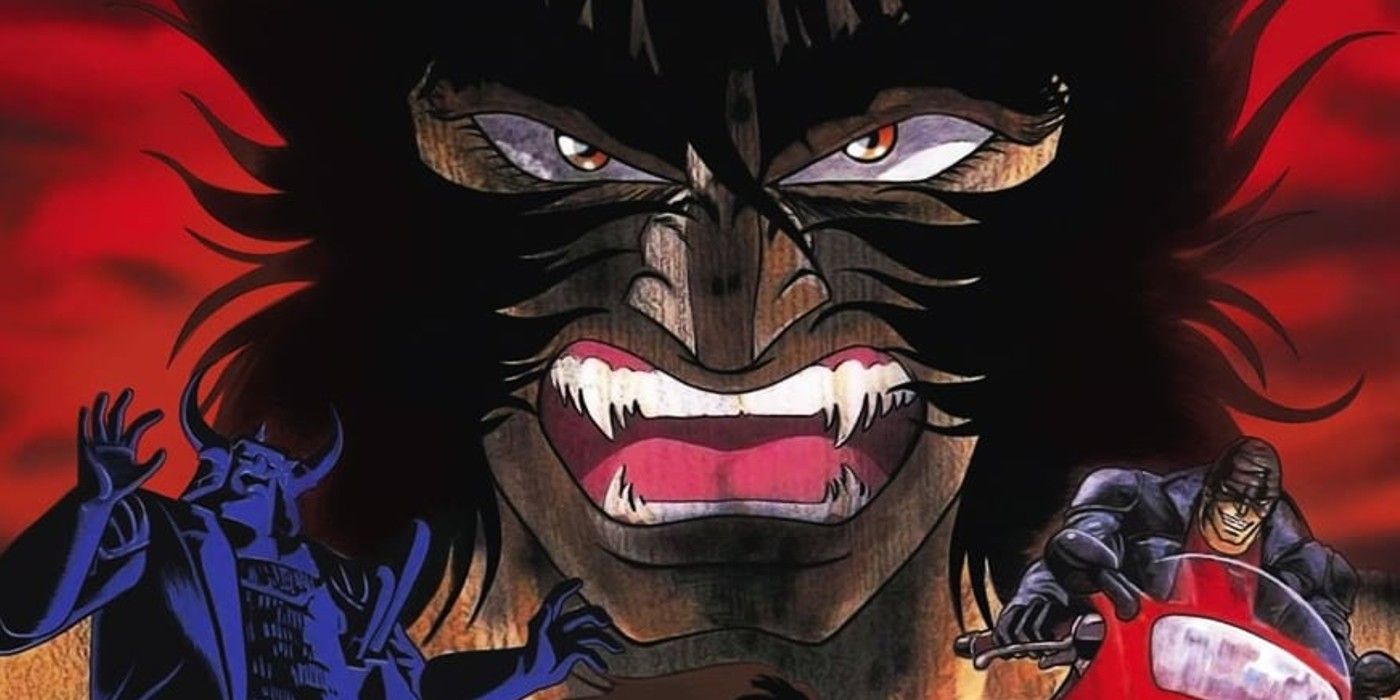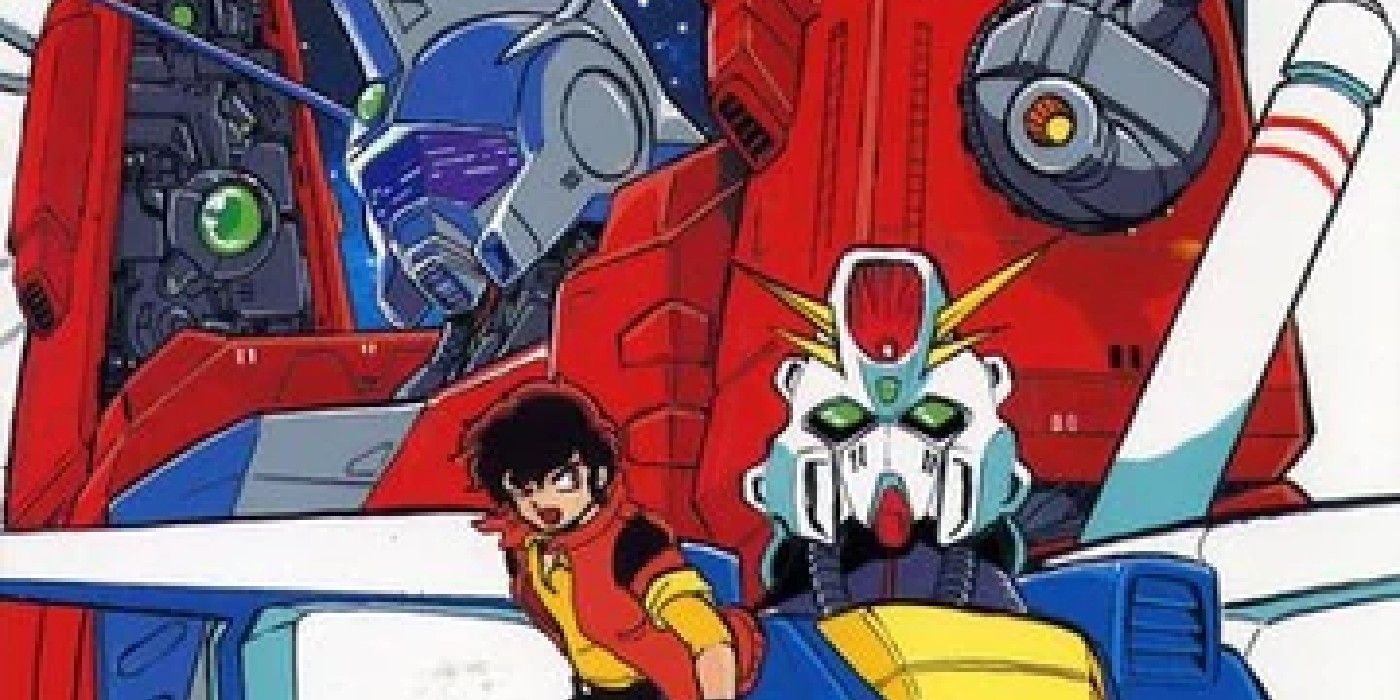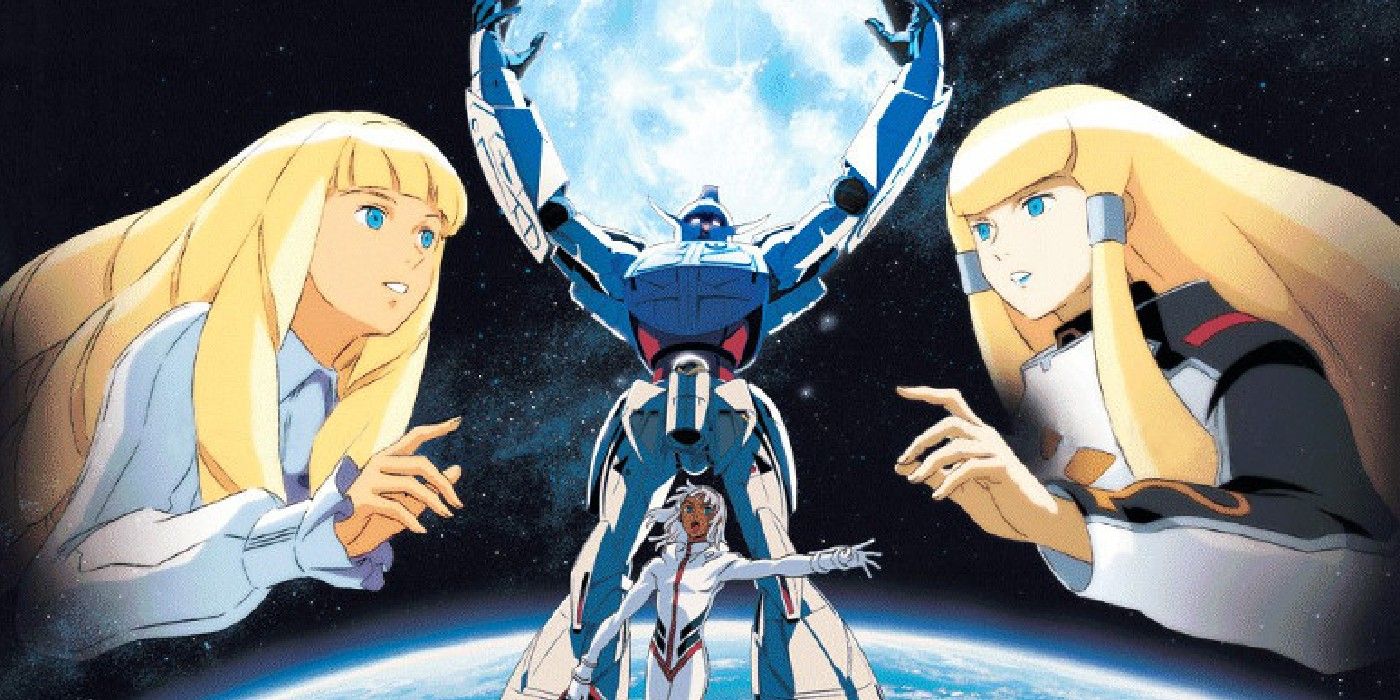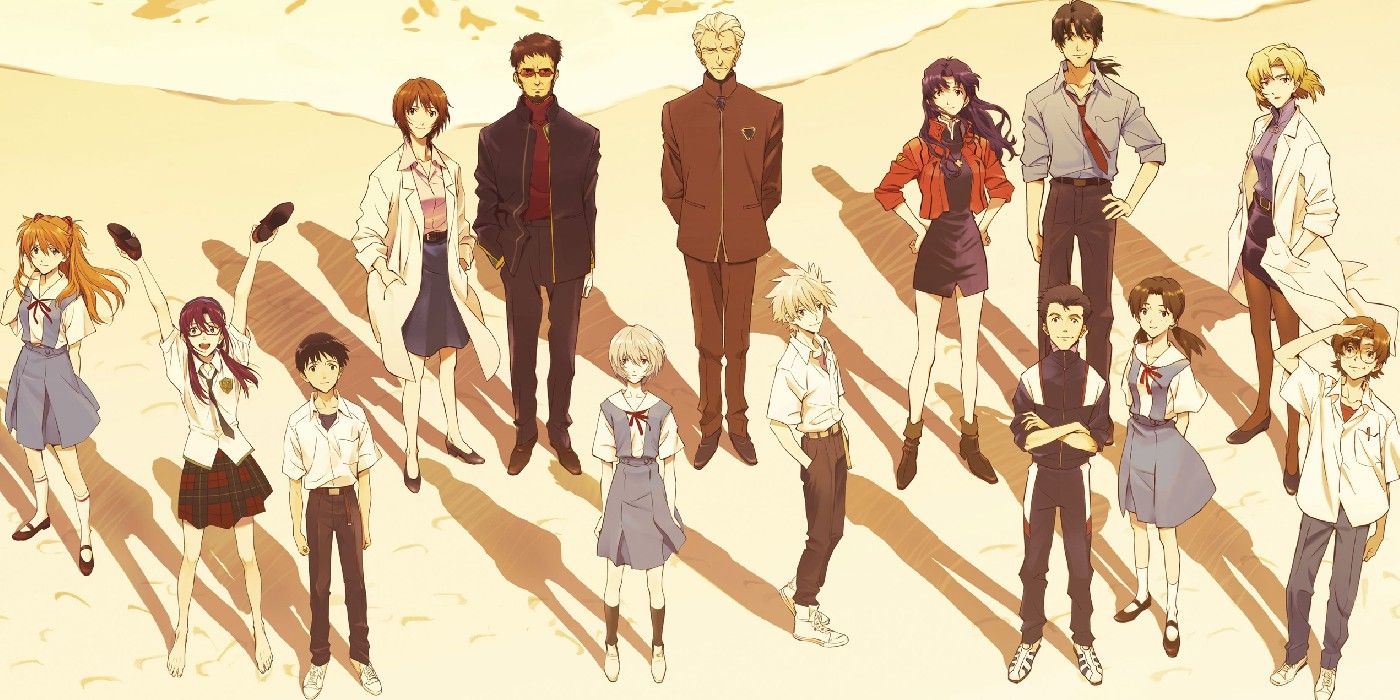Most of the time, the fact that a new anime series or movie is the official sequel to a popular title is given tons of coverage and fanfare. That isn't always the case, as some anime preferred to keep their connections a secret.
Take Higurashi: When They Cry - Gou for instance; it was advertised as a remake of a nostalgic favorite, only for it to subvert everyone's expectations in the span of two episodes. Higurashi isn't the first surprise anime sequel, and it won't be the last.
WARNING: Spoilers ahead.
10 Higurashi: When They Cry - Gou Is Another Drop In The Sea Of Fragments
Higurashi was one of the biggest horror anime of the 2000s, so it wasn't surprising when a 2020 remake was announced. This seemed to be the case especially with Gou's first episode being a basic retelling of the mysterious Great Hinamizawa Disaster of 1983... only for it to go off the rails just one episode later to reveal itself as a sequel.
The truth is that Gou is another timeline in the Sea Of Fragments which, in the simplest terms, is the multiverse that turned Higurashi into an inescapable time loop and web of alternate realities. The implications are bigger, as the Sea Of Fragments also directly connects Higurashi to its sister series Umineko and Ciconia.
9 Burn The Witch Is Set 12 Years After Bleach's Final Arc
Though it was referred to as the next Bleach, Tite Kubo's Burn The Witch was initially seen as little more than a spiritual successor. Not unlike Ichigo Kurosaki's time in Soul Society, this new story was set in an unseen supernatural world where an elite force of armed exorcists kept the living world safe by killing otherworldly monsters.
It's only in its last seconds that Noel and Ninny's connection to Bleach was shown. Here, it's casually revealed that the London-based organization that the witches work for is Soul Society: West Branch, meaning it exists in the world of Bleach. It's also been confirmed that Burn The Witch is set 12 years after "The Thousand-Year Blood War."
8 Accel World Is Set 20 Years Into Sword Art Online's Future
Accel World is exactly the kind of follow up story to Sword Art Online that its author, Reki Kawahara, would make. Both focus on unassuming teenagers who are experts at a certain video game, and what happens when their games turn deadly. The similarities between the two aren't coincidental, since the stories are actually connected.
Despite Kirito and friends not showing up, subtle references were made to their story. For example, Haru Arita casually mentioned the instantly recognizable NerveGear and The Sword Art Online Incident. The NerveGear was dated to the early 2020s and acknowledged as the Neuro Linker's ancestor, dating Sword Art Online one generation before Accel World (which is set in 2046).
7 UQ Holder! Is Set Almost 80 Years After Negima!? Magister Negi Magi
After an intense battle over copyrights with publishers, mangaka Ken Akamatsu left his most famous manga, which led to its notoriously rushed ending. Though fans understood why Negima's story ended the way it did, they were still unsatisfied with what they got. Luckily, Akamatsu returned to Negima!?, albeit secretly.
Roughly a year after Negima!? closed, Akamatsu launched UQ Holder!, the official Negima!? sequel that only said so after almost 100 chapters. The anime took a similar approach, implying that Negi and the original characters were long dead at the beginning, only to have them show up alive (if older and more mature) at the halfway point.
6 Stitch! Is Set Years After Lilo Left Stich Behind
Lilo & Stich isn't the first American cartoon to get an anime remake, and it won't be the last. That said, Stitch! looked like a remake since Lilo Pelakai was nowhere to be seen and barely mentioned. Meanwhile, Stitch was now in the care of Yuna Kamihara. As it turns out, the anime is set years after the movie, and Lilo drifted apart from her beloved alien.
A now-adult Lilo (and her daughter) returned in the third season, where she and Stitch finally cleared things up. As heartfelt as the episode was, it still left fans of the beloved Lilo & Stitch divided. Some loved the send-off, while others were annoyed that Lilo left Stitch (misunderstanding or otherwise) at all. To this day, the latter deem Stitch! to be non-canon.
5 SSSS.Gridman Unified Gridman's Japanese & American Incarnations
On first glance, SSSS.Gridman looked like the animated reboot of a nostalgic but forgotten tokusatsu show. Depending on the viewer's childhood, it was either a reimagining of Gridman The Hyper Agent or its Americanized counterpart, Superhuman Samurai Syber-Squad. As it turns out, it was a sequel to both.
SSSS.Gridman acknowledged its predecessors by either using Gridman's classic attacks and the Americanized SSSS acronym, or referencing key points like the kaiju Anosillus and Gridman's original 1993 look. The anime was Gridman's latest battle against evil, only now he tackled more mature themes than he did in the old days.
4 Violence Jack Is The Last Devilman Time Loop
On its own, Violence Jack is one of the most infamous and excessively violent OVAs of all time. The anime focused on Violence Jack, a bloodthirsty monster of a man who came across as heroic when contrasted to villains worse than he is. That said, the OVAs left out the deeper lore that revealed Violence Jack's familiar origins.
Violence Jack is the sequel to Devilman (better known as Devilman Crybaby, its ultraviolent Netflix remake), and it's the latest time loop in God's punishment for Ryo Asuka/Satan. Jack is a reincarnated Akira Fudo, only now imbued with Satan's rage and power. Before the reboot Shin Devilman, Jack killed Satan, finally ending their eternal torment.
3 Mobile Suit Gundam Was The New World Born After Space Runaway Ideon's Ending
Space Runaway Ideon is (in)famous for not just killing its entire cast in the finale, but for ending reality as well. In the finale movie Be Invoked, the Ideon and Gando Rowa's combined power blew up the universe, forcing a cosmic reset. After some eons, the quintessentially '80s Mobile Suit Gundam was born from the ashes.
As revealed in the crossover manga Mobile Suit Vs. Giant God Of Legend: Gigantis' Counterattack, the Universal Century was born from Ideon's apocalypse and the pilots are reincarnations of the Ideon cast. Though the manga is technically non-canon, this means that Yoshiyuki Tomino's most iconic mecha worlds are more connected than anyone realized.
2 ∀ Gundam Is The Canonical Finale Of Mobile Suit Gundam's Universal Century
Set in The Correct Century, ∀ Gundam (or Turn A Gundam) was the eighth Mobile Suit Gundam anime that looked like a reboot with a historical twist. Despite the existence of mobile suits and the conflict between Earthlings and moon-based colonists, the anime's world could easily be mistaken for the 20th century of real history.
The truth is,∀ Gundam is the nth reincarnation of the Universal Century. All previous series occurred centuries ago, but their histories were lost to time. This was made possible by the Turn A Gundam's powerful Moonlight Butterfly system, which destroys all technology and effectively resets civilization every time it's activated. The anime is considered to be the Universal Century's end, and any new stories take the form of interquels or prequels.
1 The Rebuild Of Evangelion Tetralogy Is The Grand Finale For All Of Evangelion
If Evangelion: 1.0 was anything to go by, the Rebuild Of Evangelion series seemed to be little more than glossy recap remakes. At most, the biggest changes were improved visuals, an abridged pace, new characters and slightly altered characterizations. But when Evangelion: 2.0 hit its third act, the tetralogy finally made its intentions clear.
Not only was Rebuild a retelling of and a sequel to Neon Genesis Evangelion but, as clarified by the conclusive finale Evangelion: 3.0 + 1.0, it was the latest repetition of a time loop that the characters were trapped in. Shinji Ikari broke the Curse of Eva and freed everyone, ending their suffering and the Evangelion franchise once and for all.

